Is there such a thing as 'the world's best chef'?
- Published
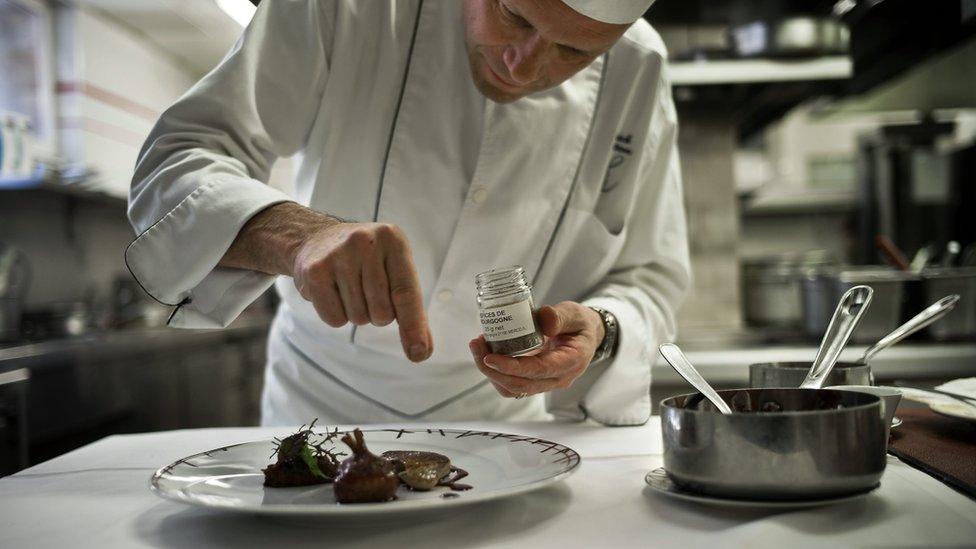
Last week the death of chef Benoit Violier was widely reported - and in many headlines he was hailed as the "world's best chef", his restaurant as "the best in the world". But there is no agreement on how to rank chefs and restaurants and the award of "best" titles is a matter of hot dispute.
In the past it used to be very simple. First came intense training to master French haute cuisine techniques, then a series of apprenticeships in Paris under the world's best chefs, all of whom were themselves classically trained.
Finally, a chef was ready to add a personal touch to the French repertoire and launch a new restaurant under his or her own name.
The world's culinary aristocracy was then recorded in the Michelin Guide, with the best restaurants earning one, two, or exceptionally three stars.
Today, only 26 of the world's 111 three-star restaurants are in France - which shows how much the rest of the world has come on, in the opinion of Michelin's secret army of gourmet inspectors - but France still leads the field by a long way.
Except that in 2002 a British magazine, Restaurant, introduced a new measure of success - the World's 50 Best Restaurants. This ranks restaurants in order, something Michelin never attempted, and it quickly became enormously influential.
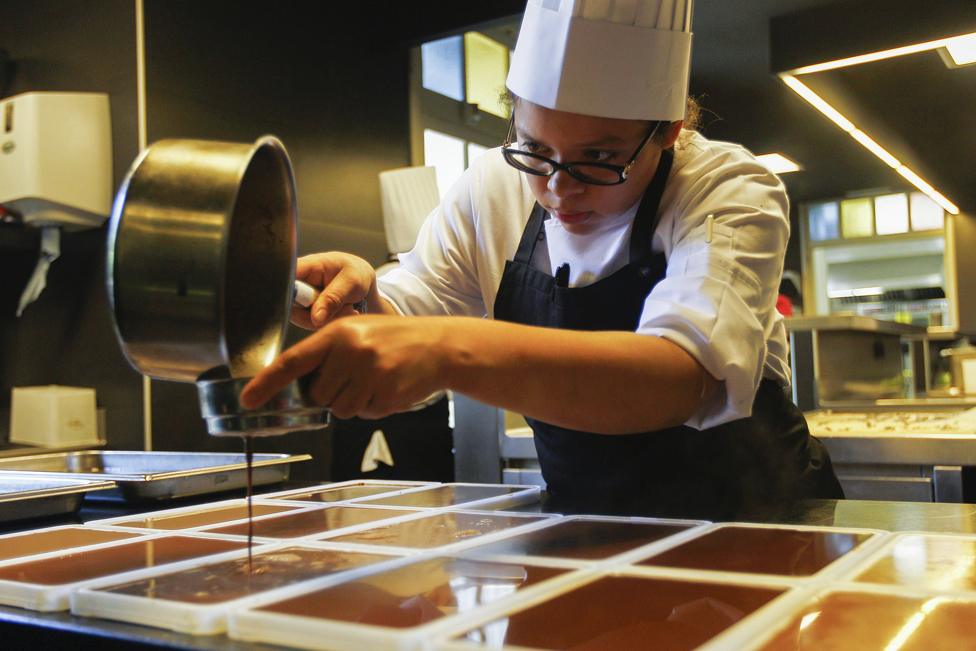
El Celler de Can Roca in Spain came first in the World's 50 Best Restaurants in 2011
When Denmark's Noma was named number one restaurant in the world in 2011, it received 1,000 reservation requests within a few hours. Last year's number one restaurant - El Celler de Can Roca in Spain - hired staff simply to turn down reservations.
But, controversially, in the 13-year history of the competition, a French restaurant has never been placed first or second, and last year no French restaurants even made it into the top 10.
"Classical food is ignored by those on the panel. It is obvious that they prefer trendy modernist cooking," says restaurant critic Andy Hayler.
"They tend to get very excited about the latest fad or the latest fashion. There are no classical restaurants near the top of the list."
Certainly, the restaurants most feted by the 50 Best tend to have strayed a long way from many French haute cuisine traditions.
"At Noma in Copenhagen my prep involved a ridiculous amount of precise carrot whittling, plus making emulsions out of freshly cut grass, and the dreaded 'veal fibres' (separating individual fibres of cooked veal)," says Sam Bray, who has worked in top restaurants around the world.
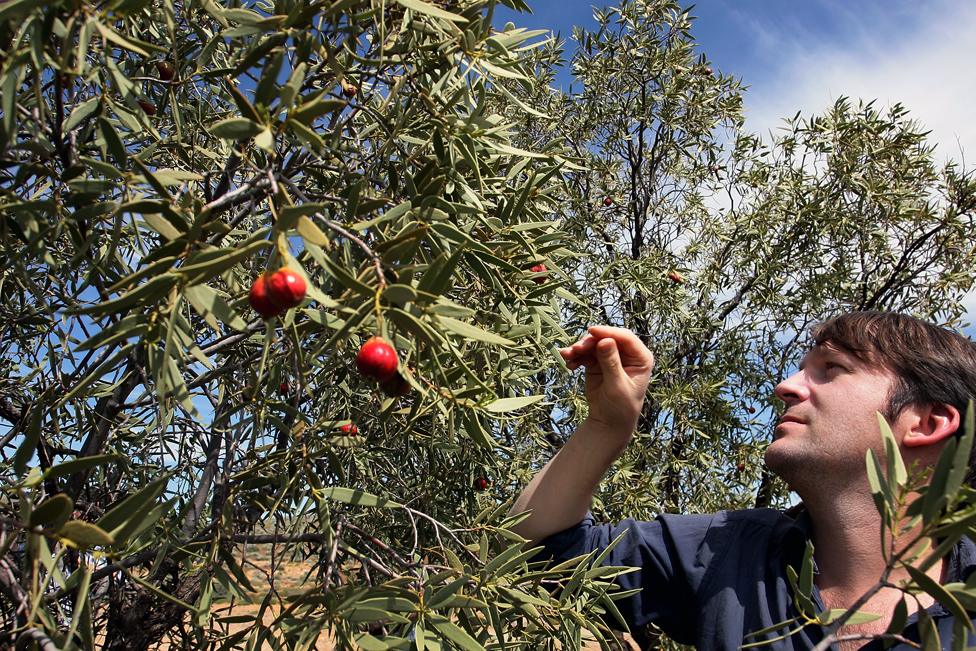
Rene Redzepi, who co-owns Noma restaurant, foraging for food in Australia
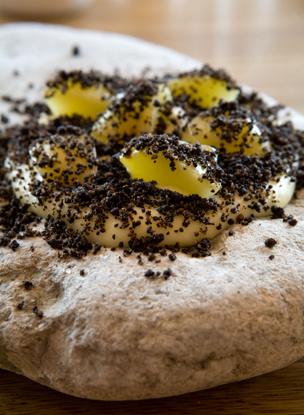
Another task involved "keeping the moss plates alive", and going deep into the woods to collect rare moss. Some young chefs had to look under rocks for ants, Bray says, and then smear themselves with honey until the insects were running all over the bodies and could be scraped into barrels. This allowed the restaurant to serve live ants on top of beef tartare, jumbo shrimps or a dollop of creme fraiche.
The 50 Best has also saluted restaurants such as Central in Peru, number four on this year's list, where head chef Virgilio Martinez divides his menu into categories based on the altitude at which food has been grown. One dish is a caviar-like bacterium found only in Peruvian mountains after rain.
Then there is D.O.M. in Sao Paolo, where celebrity chef Alex Atala disappears into the Amazon in search of ingredients such as priprioca root, long thought inedible and used to make cosmetics rather than food.
If France dominates the world of Michelin three-star restaurants, Spain ranked in 2015 as the culinary powerhouse of the 50 Best, with seven restaurants on the list - more than any other country.
So by what measure was Benoit Violier reckoned to be the best chef in the world? His Restaurant de l'Hotel de Ville Crissier has not featured in the 50 Best list for the last three years and achieved its highest ranking in 2010, at number 14.
Enter the "objectively delicious, deliciously objective" La Liste - supported by France's tourism board and launched in 2015, it was widely assumed, as a French riposte to the 50 Best.

The annual unveiling of the new French Michelin Guide has been hosted by the French Foreign Ministry for the last two years - part of a French government bid to preserve the country's position as the world's culinary capital, and Foreign Minister Laurent Fabius was also on hand present the awards at the La Liste ceremony in December.
Restaurants from 48 countries were considered and the La Liste panel warned French chefs that there would be no patriotic bias. Nevertheless, the highest accolade went to the French-born Violier and his restaurant near Lausanne.
There is some overlap between the French view of the world and that of the 50 Best.
Twenty of the world's 111 Michelin three-star restaurants appear in 2015's 50 Best (and five make it into the top 10). By the same token, 91 three-starred restaurants do not make it into the 50 Best.
There has been some animosity.
Three French food writers started a petition called "Occupy 50 Best", reeling off a series of complaints about the voting system. This was signed by a number of star French chefs, such as Joel Robuchon of L'Atelier Saint Germain de Joel Robuchon, who boycotted last year's 50 Best awards ceremony.
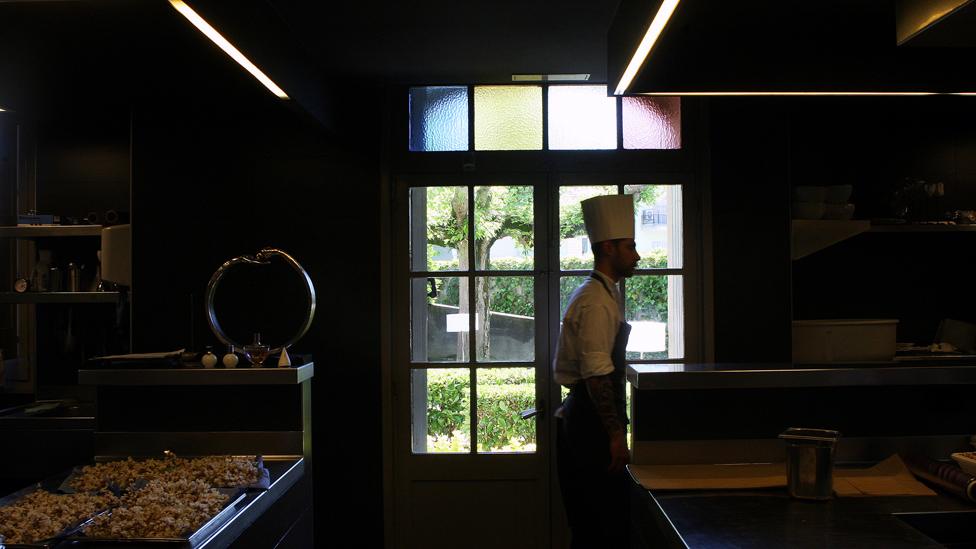
Perhaps friction is inevitable when one restaurant is ranked against another, and one country's cuisine appears to be valued more or less highly than another's.
William Sitwell, editor of the Waitrose Good Food Magazine, thinks the whole idea of a world's best restaurant is ludicrous.
"Best restaurant for whom? On what criteria?" he asks. "I don't think you can have a single 'best' place."
There is also a fine line, he says, between the best and the worst, as "the concept encourages a certain type of restaurateur to overcomplicate and overcharge the customer".
Some might argue that most of the "best" restaurants overcomplicate and overcharge. As it's often been said, there is no accounting for taste.

How the rankings work
World's 50 Best:
Poll of 972 experts: 1/3 food writers, 1/3 restaurateurs and 1/3 "well-travelled gourmets"
Each expert casts seven votes, for places they have visited within the past 18 months
At least three votes must be for restaurants outside their own geographical region
Michelin Guide:
Secret inspectors hired by Michelin, who usually have culinary school or a hotel college education, plus more than five years' experience in the restaurant industry as a manager or a chef
Separate guides are released for different countries or regions
Inspectors grade every restaurant they visit and award Michelin stars to a select few
La Liste:
Reviews are gathered from more than 200 publications and turned into scores
Top chefs rate the reliability of the reviews in each publication, allowing the scores to be weighted
Online customer reviews are integrated and an algorithm calculates a final score

Subscribe to the BBC News Magazine's email newsletter to get articles sent to your inbox.